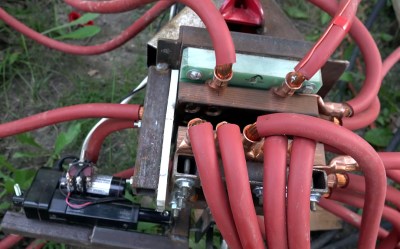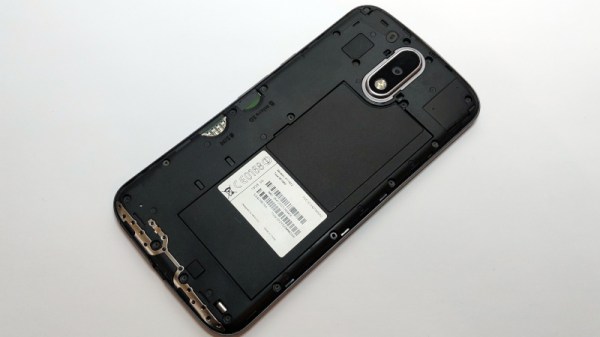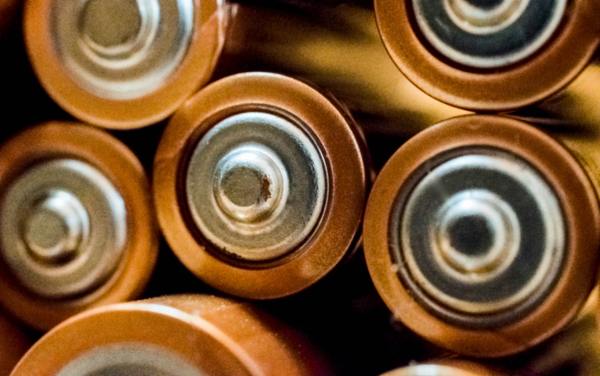Vehicle battery recycling is going to be a big deal with all the electric cars hitting the roads. What if you could do it more effectively with the power of microbes? (via Electrek)
“Li-ion” vehicle batteries can be any of a number of different chemistries, with more complex cathode makeups, like NCM (LiNixMnyCo1-x-yO2), being understandably more complex to separate into their original constituents. Researchers and companies in the industry are hoping to find economically-viable ways to get these metals back for both the environmental and economic benefits a closed loop system could provide.
Researchers in the UK developed a method using two species of bacteria to precipitate Ni, Mn, and Co from the liquid leached from cathodes. Li remained in the liquid where it could be processed separately like that obtained in Li brine. Mn was precipitated first by S. oneidensis MR-1, and a following step removed Ni and Co with D. alaskensis G20. The researchers report that Ni and Co show promise for further separation via biological methods, but more research is required for this step.
If you’re looking for some more interesting ways bacteria can be harnessed for the energy system, checkout this microbial fuel cell, another using soil, and an enzyme derived from bacteria that can pull electricity from thin air.
















